Thanks to your support, volunteers have been hard at work this spring improving important habitat for mule deer and other wildlife in the Round Fire burn area.
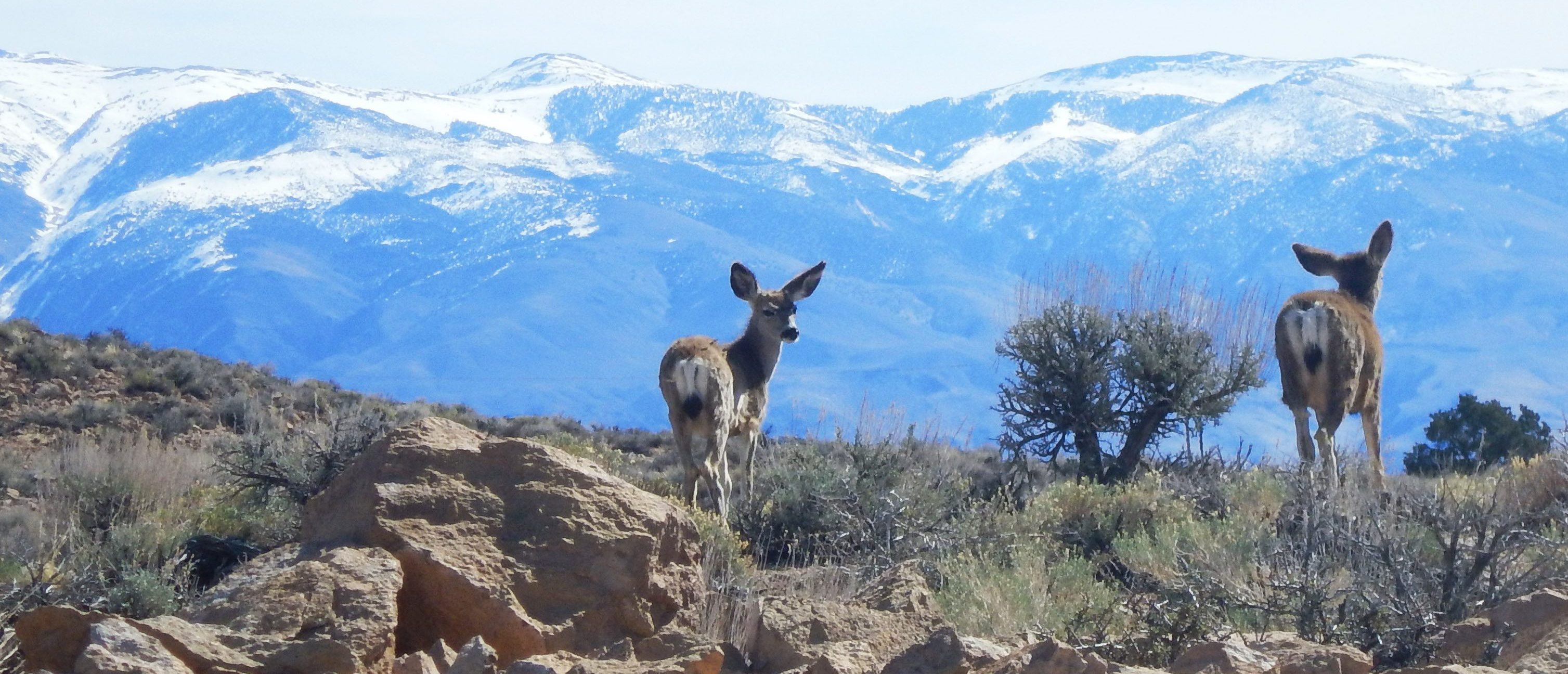
Like many of us, the deer choose to spend their summers in the High Sierra. That’s where they give birth and find the food and water they need to thrive through the year.
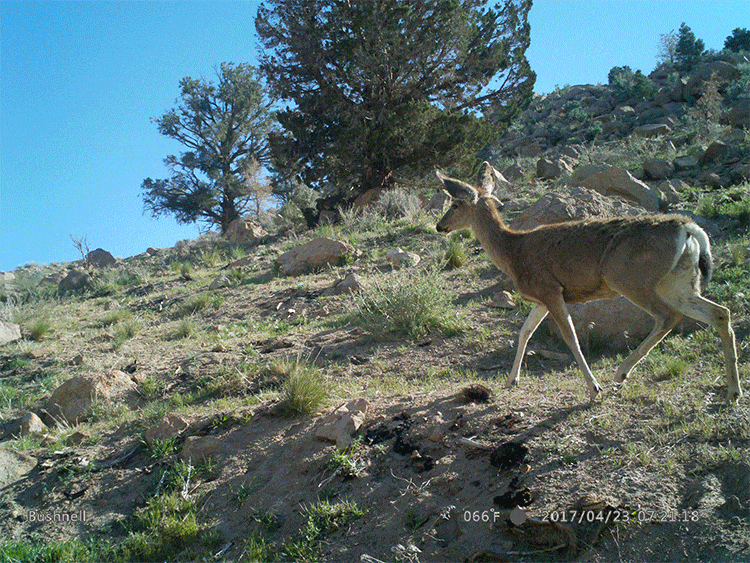 But making their way from the valley floor to the high meadows each spring, and then back again in the fall, is no easy task! And with human presence in their home range increasing, the trails they’ve followed for centuries have become more dangerous.
But making their way from the valley floor to the high meadows each spring, and then back again in the fall, is no easy task! And with human presence in their home range increasing, the trails they’ve followed for centuries have become more dangerous.
Thanks to conservation supporters like you, important habitat for mule deer and other wildlife has been conserved to make deer’s annual migration safer.
Knowing that large numbers of deer move from Round Valley through Swall Meadows and back again each year, ESLT members have helped protect land along the deer’s migration corridor – particularly in Swall Meadows, where the deer’s path is hampered by the steep cliffs of Wheeler Crest to the west and the deep canyon of Lower Rock Creek Gorge to the east.
Together with additional lands protected by the California Department of Fish and Wildlife, this conservation effort connects public and private lands in the middle elevations – including ESLT’s own Swall Wildlife Preserve – to the High Sierra meadows that the deer seek out each year.
Disaster Strikes
Then, in 2015, the Round Fire brought devastation to the migration corridor. The flames ignited in Round Valley, and then roared up through the communities of Paradise and Swall Meadows. Dozens of families lost their homes and hundreds of mule deer did, too.

The Round Fire damaged important mule deer habitat. Now there’s work to be done – and volunteers are stepping up to make sure this area continues to provide a good home for wildlife.
The conservation successes you make possible, right here in the Eastern Sierra, are forever. This means that, when you help protect a property, our work isn’t done. In fact, it is only just beginning.
The Round Fire presented a challenge. What can we do to help bring the landscape back to life, so that the deer and other wildlife continue to have the safe, healthy homes they’ve relied on for generations?
And there’s good news: our conservation community was ready to step up and take action.
Volunteers Help Restore the Corridor
Since the fire, Eastern Sierra Land Trust has been teaming up with volunteers, residents in the burn area, agencies, and other organizations to plant and protect native plants that wildlife need, such as bitterbrush – a key food source for mule deer.
This spring, ESLT hosted three volunteer workdays at our Swall Wildlife Preserve, and collaborated with BLM on two more workdays that took place on nearby public lands. We’re so impressed at the amazing work that volunteers put in to make the migration corridor a better home for wildlife! In addition to planting bitterbrush seedlings, volunteers have also helped remove hazardous fencing, keep invasive plants at bay, and protect naturally-occurring bitterbrush starts with mesh cages.

Some of the bitterbrush plants we planted were fed compost tea, provided by Julie Fontaine. This should increase the plants’ chance of survival like feeding them probiotics. It will be interesting to see in years to come how these plants compare to those that did not receive the tea.
Our sincere thanks go to the all-star volunteers who joined us this spring: Tim Bartley, Brittany Betz, Theresa Carson, Rosanne Higley, Tom Higley, Em Holland, David Humes, Randy Keller, John Louth, Margy Marshall, Nancy Upham, and Rachel Williams. Thank you all for your hard work we couldn’t have done it without you!
We’re also very grateful to:
- Katie Quinlan and California Native Plant Society for providing bitterbrush plants;
- Martin Oliver and Sherri Lisius of BLM for providing plants, advice, and equipment;
- California Department of Fish and Wildlife for the plant cages and bamboo stakes we used to protect the young plants;
- Julie Fontaine for the compost tea we used to nourish the seedlings;
- Dale McDougall from CDA for his advice;
- And to Great Basin Bakery for keeping our volunteers satisfied during a hard day’s work.
Looking Ahead: What’s Next for the Migration Corridor
Today, the Swall Wildlife Preserve and other protected lands in the Round Fire burn area are beginning to recover. The bitterbrush seedlings that cropped up on their own look like they have a good chance at survival, and we’re hopeful that the seedlings we planted will take root and become established. Plus, there are larger, naturally occurring bitterbrush plants that survived the fire they’re now looking very strong, and are providing sustenance to the mule deer while the younger plants continue to grow.
What comes next? If you’re interested in helping restore important habitat for mule deer and other wildlife, you’ll have plenty of opportunities to lend a hand this fall. We’ll be joining BLM to plant another 3,000 bitterbrush seedlings in the area and we’ll need all the help we can get! To keep current on upcoming volunteer opportunities, join our volunteer email list: you can sign up by clicking here.



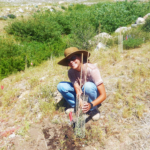
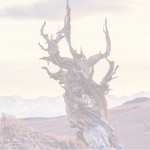
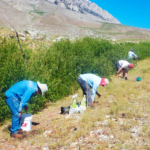

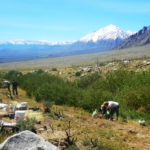
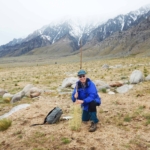



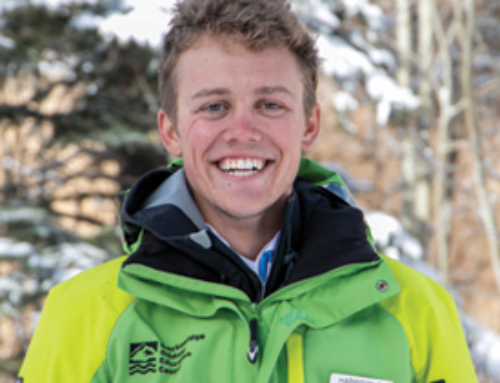
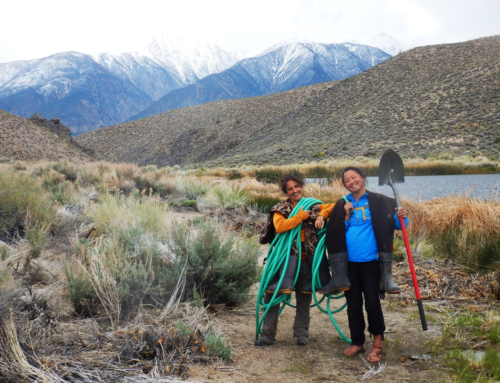
Such great work…appreciate it all…and the deer pictures were darling!